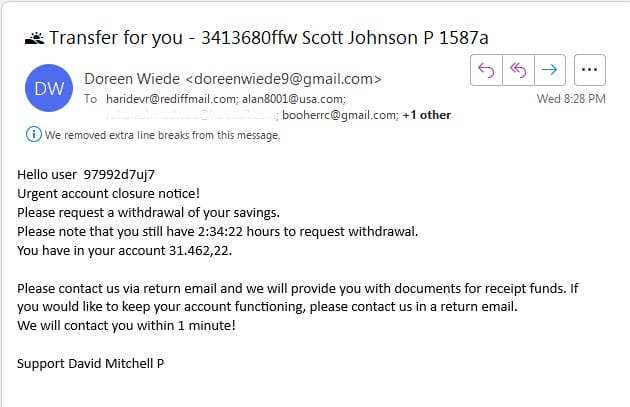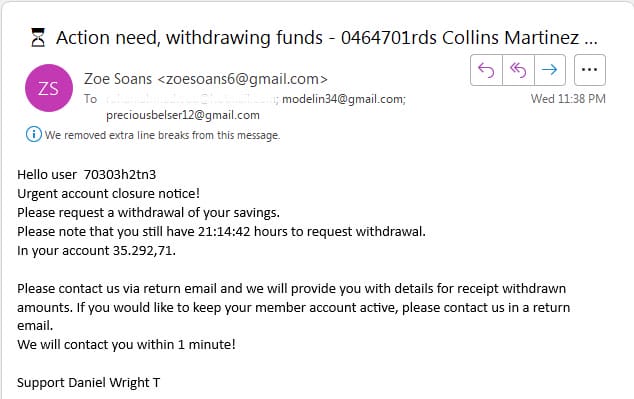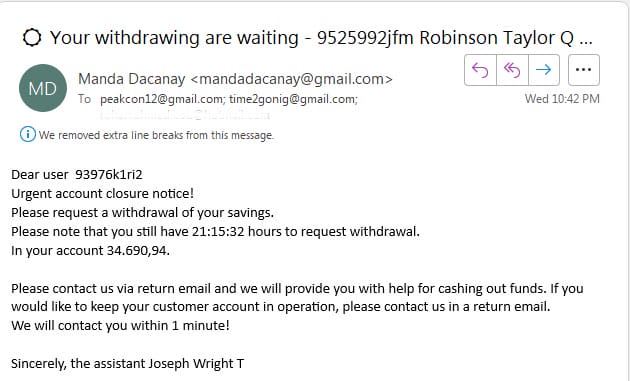Introduction
In today’s digital age, we rely heavily on email for communication and various online activities. Unfortunately, with the increasing sophistication of cyber-criminals, phishing emails have become a common threat to individuals and businesses alike. Phishing emails are designed to deceive recipients into sharing sensitive information, such as passwords, credit card numbers, or social security numbers. It’s crucial to stay vigilant and take precautions to protect yourself from falling victim to these scams.

Recognizing Phishing Emails
Phishing emails often appear to be from legitimate sources, such as banks, e-commerce websites, or social media platforms. They typically use social engineering tactics to trick recipients into clicking on malicious links or downloading harmful attachments. Here are some red flags to watch out for:
- Generic greetings or misspellings in the email body
- Urgent requests for personal or financial information
- Unusual email addresses or domain names
- Offers or prizes that seem too good to be true

Taking Precautions
Now that you know how to identify phishing emails, let’s discuss some precautions you can take to protect yourself:
- Think Before You Click: Avoid clicking on links or downloading attachments from suspicious emails. If in doubt, contact the sender through a trusted source to verify the authenticity of the email.
- Use Strong and Unique Passwords: Create strong passwords that include a combination of letters, numbers, and special characters. Additionally, use different passwords for different accounts to minimize the impact of a potential breach.
- Enable Two-Factor Authentication (2FA): Enable 2FA whenever possible, as it provides an extra layer of security by requiring a second form of verification, such as a code sent to your mobile device.
- Keep Your Software Updated: Regularly update your operating system, web browsers, and antivirus software to ensure you have the latest security patches and protection against known vulnerabilities.
- Be Wary of Suspicious Emails: Be cautious of any email that asks for personal or financial information. Legitimate organizations will never ask for sensitive information via email.
Reporting Phishing Emails
If you receive a phishing email, it’s essential to report it to the proper authorities. Most email providers have a built-in option to report phishing emails. Additionally, you can forward the email to the Anti-Phishing Working Group at reportphishing@apwg.org.

Conclusion
Phishing emails continue to be a significant threat in our digital lives. By staying aware of the signs and taking necessary precautions, you can protect yourself from falling victim to these scams. Remember, it’s better to be cautious and verify the authenticity of an email than to become a victim of cybercrime.






